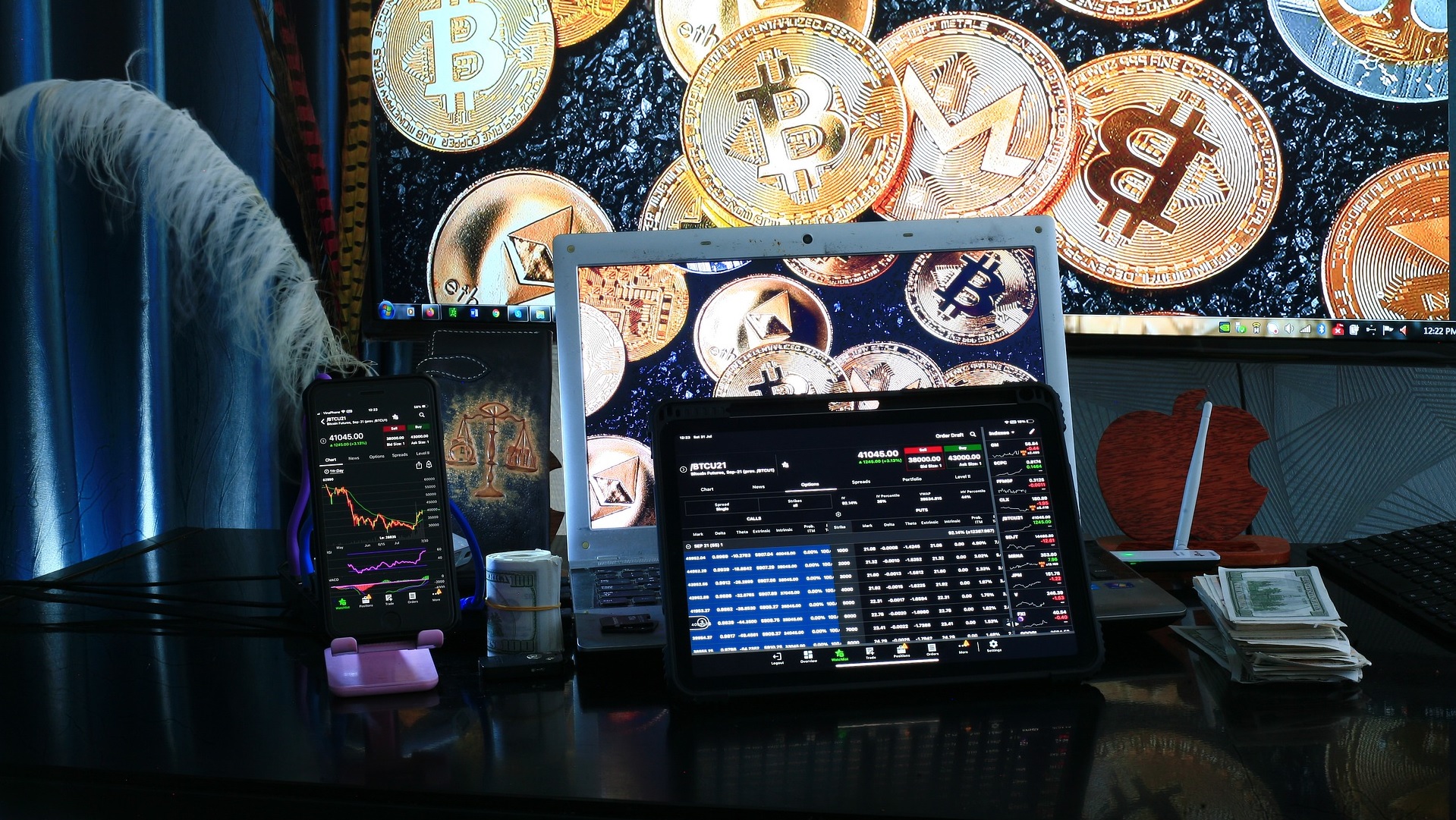If you're still not sure what Ethereum is or what it could hold for the future, this blog post is for you. We go over a brief history of Ethereum and some of its key features, as well as how to go about getting started with it.
No matter who you are and where you come from, there's something to learn here! From your first steps in an exciting new field to your early-stage professional career — make the jump into blockchain technology today.
What is Ethereum?
Ethereum is a decentralized application platform, enabling smart contract functionality. It is a blockchain-based, general-purpose technology with several use cases.
What does this mean? If this is your first time hearing about Ethereum, these terms can be somewhat confusing. The best way to understand them is to look at an example.
It's worth noting that the Ethereum platform has its own cryptocurrency token, Ether (ETH). However, Ether is simply a unit of account that is not used for native transactions. Instead, it serves as a base currency with which every transaction on the Ethereum platform is priced.
The first use cases of Ethereum were to create scarce digital assets and transfer them between users in a trustless manner without the need for intermediaries. These transactions are powered by smart contracts, lines of code stored on the blockchain that hold user-defined functions and other parameters.
This allows users to set up conditional actions triggered when certain conditions are met. In a way, Ethereum is like the digital version of a physical contract.
The most important feature is that smart contracts are decentralized. Ether and other tokens are stored on their blockchain. You can use them to store sensitive information or assets at a particular address, but you can be sure that the contract will only show up once someone has sent it the correct amount of money.
This is also why Ethereum was called "the new internet." People were beginning to see its promise and potential for disrupting legacy systems.
How to Get Started with Ethereum
There are a few things you need to know about Ethereum before getting started.
First and foremost, the Ethereum ecosystem is not yet in full swing. It still has quite a long way to go before it reaches its full potential. However, you can start building smart contracts in Ethereum and run them on test networks.
Here are the steps you need to take to get started.
Step 1: Download an Ethereum Wallet
This is an essential step — without any place to store your tokens, you can't use Ethereum to build anything. You can download an official wallet that works with your hardware device or use a web-based wallet hosted externally, but the best way is to set up your local wallet.
To do this, you first need to get the Ethereum software. It's available in various packages with different functionality and features (some are listed below).
Ethereum Wallets
After you've downloaded the software, you'll be able to generate a wallet address for yourself. You should always use this address for all your transactions. Your private key—which allows you to access your account, is stored on your machine and never leaves it, so there's no way that anyone can hack into it.
You should also make sure to write down the address, so you will be able to access your wallet even if your device is lost or stolen. You can import the private key from a different machine and restore your funds.
Note: If someone else knows your private key, they can access all of your Ethereum holdings—so make sure to use a different password for every online account.
Step 2: Set Up Your Account on the Ethereum Blockchain
Your Ethereum wallet is fully functional, but you still can't make any transactions with it yet. This is because, for the time being, we need to work with so-called test networks.
The idea behind a test network is that you can simulate an Ethereum network in a sandbox and experiment with it before deploying it on the actual blockchain. It's like a training environment that lets you play around without worrying about losing your hard-earned tokens.
Step 3: Use the Test Network
Ethereum enables you to simulate a live network through test networks. You can also connect your wallet with other nodes on the Ethereum network to send and receive Ethereum tokens. In this case, you're talking to a simulated blockchain, which means that all of your transactions won't leave any lasting impact on the blockchain itself.
Key Takeaways
Bitcoin or Ethereum? If you're more adventurous, Ethereum is where you want to be. Ethereum (ETH) is a token that you can use for smart contracts. You can also use it to send, receive, and store value in what's known as the Ethereum network.
Ethereum provides an extensive range of features and applications, making it the perfect platform for building future applications. It works like a decentralized operating system so that you can create peer-to-peer applications and connect them with any other method — with no distinction between them and the real world. Please take a look at our blog to learn more about crypto-related news today.
DIGITAL TRENDS
Digital trends that will impact your business
We monitor latest digital trends and assess their value for your online business.
